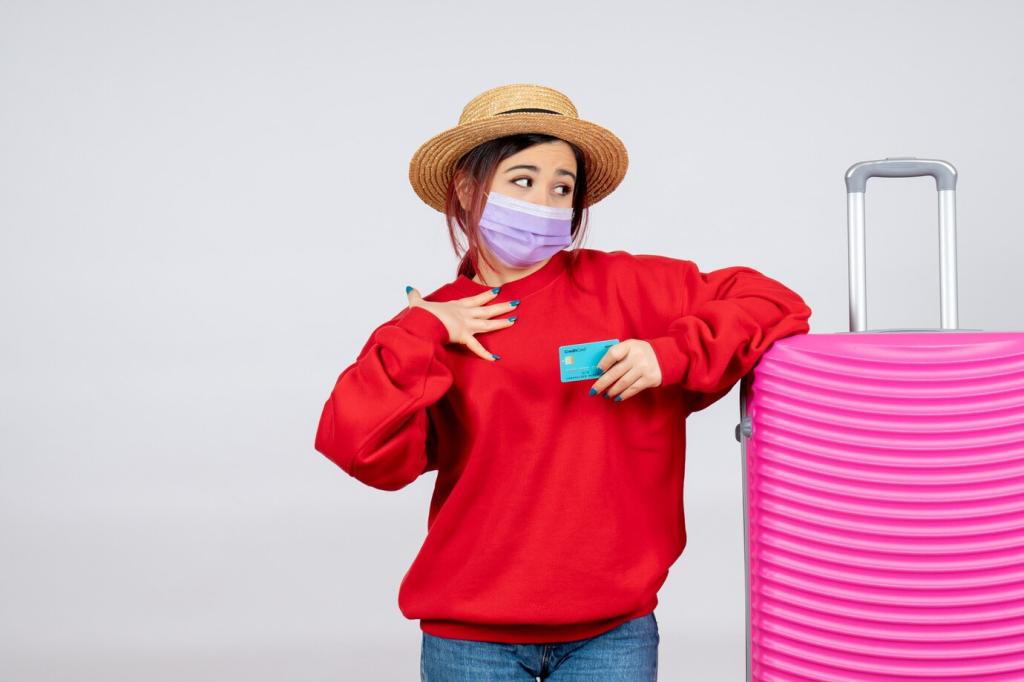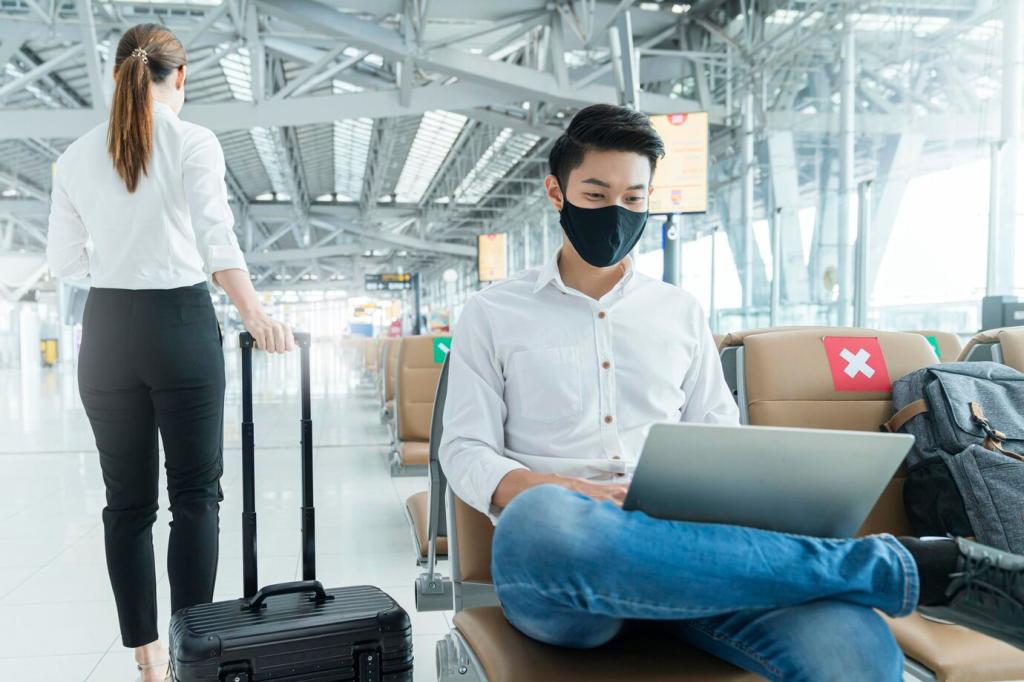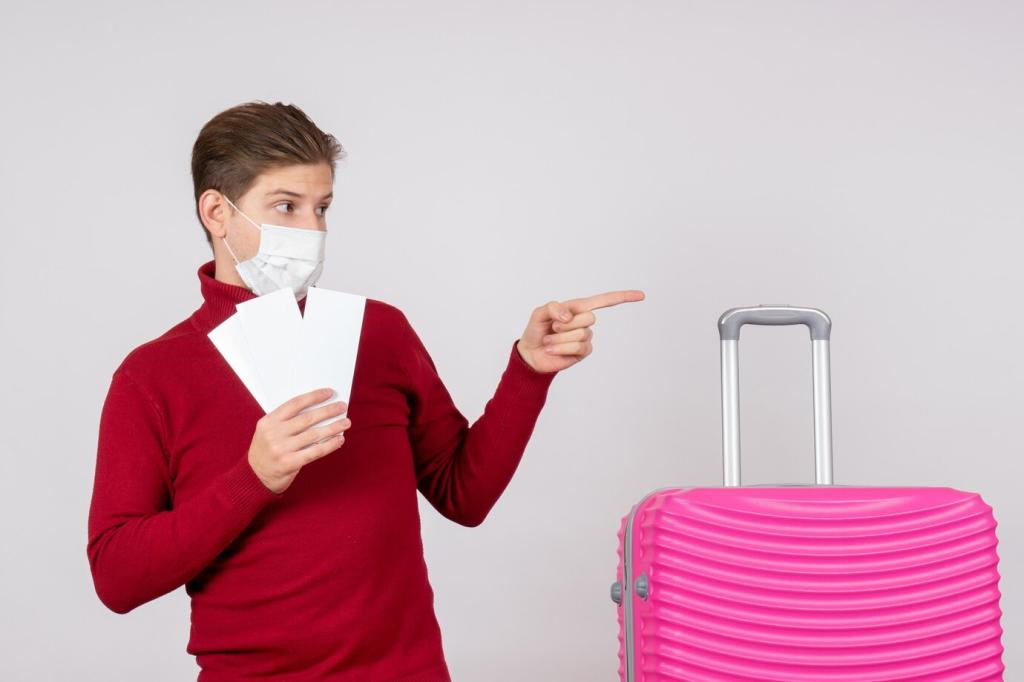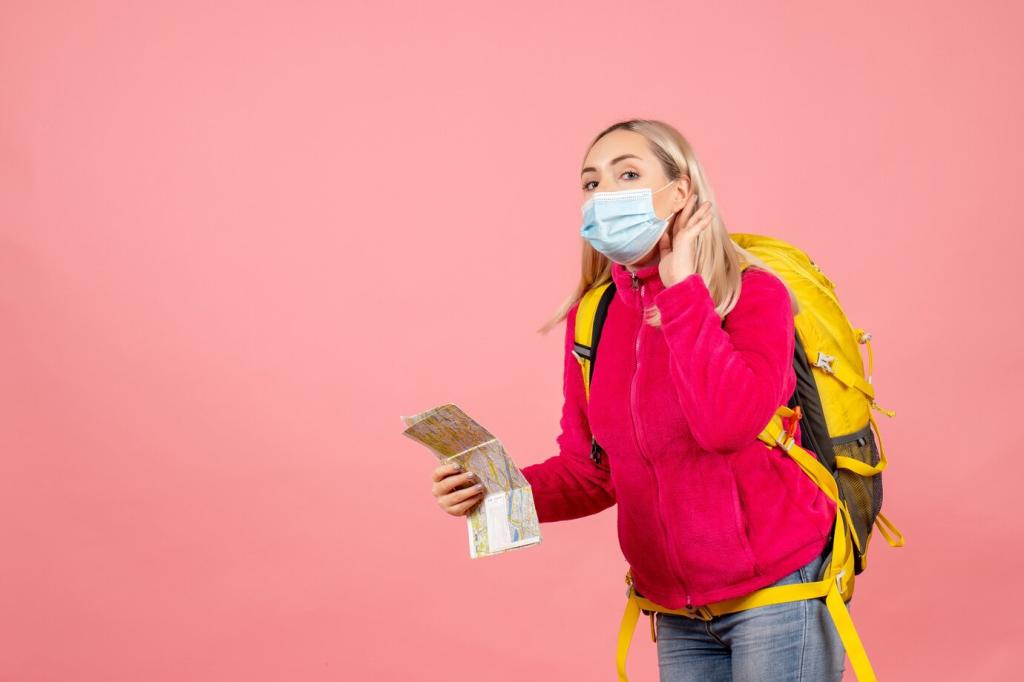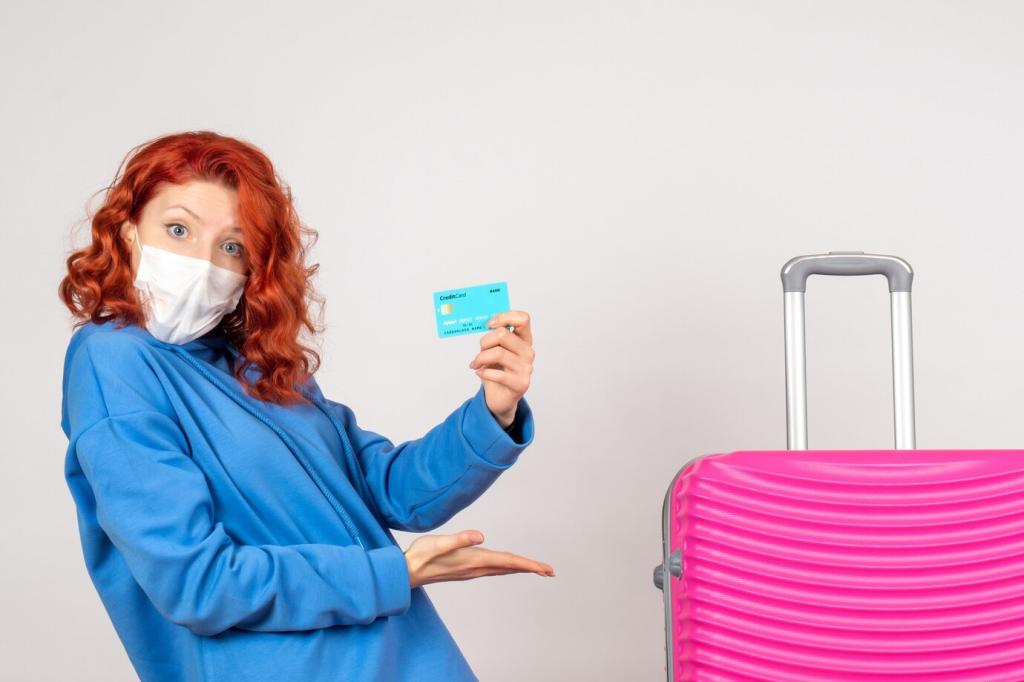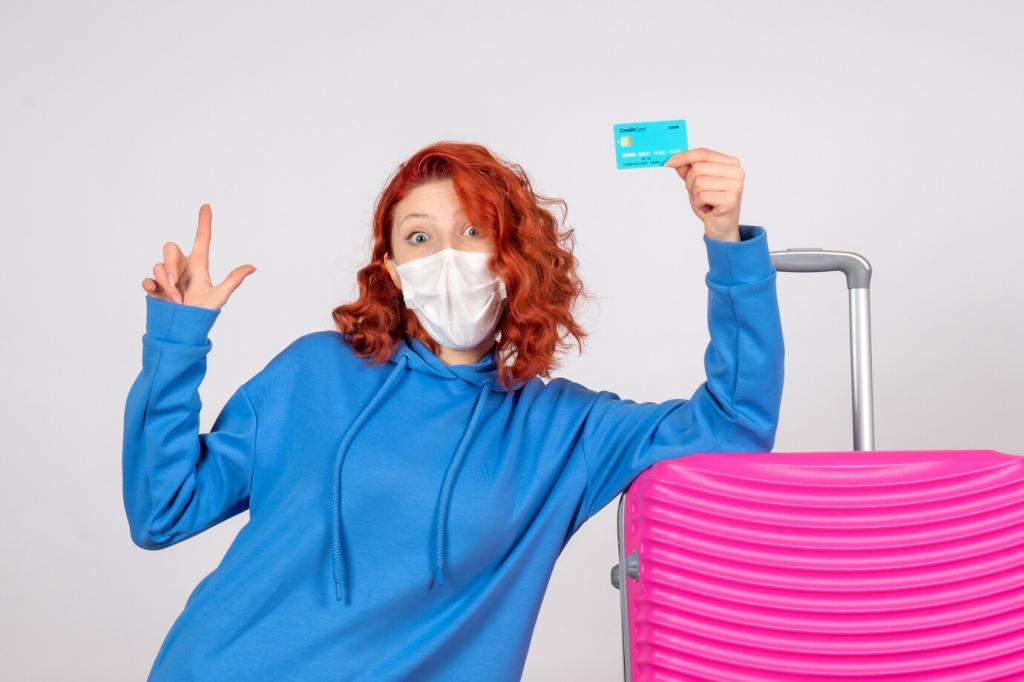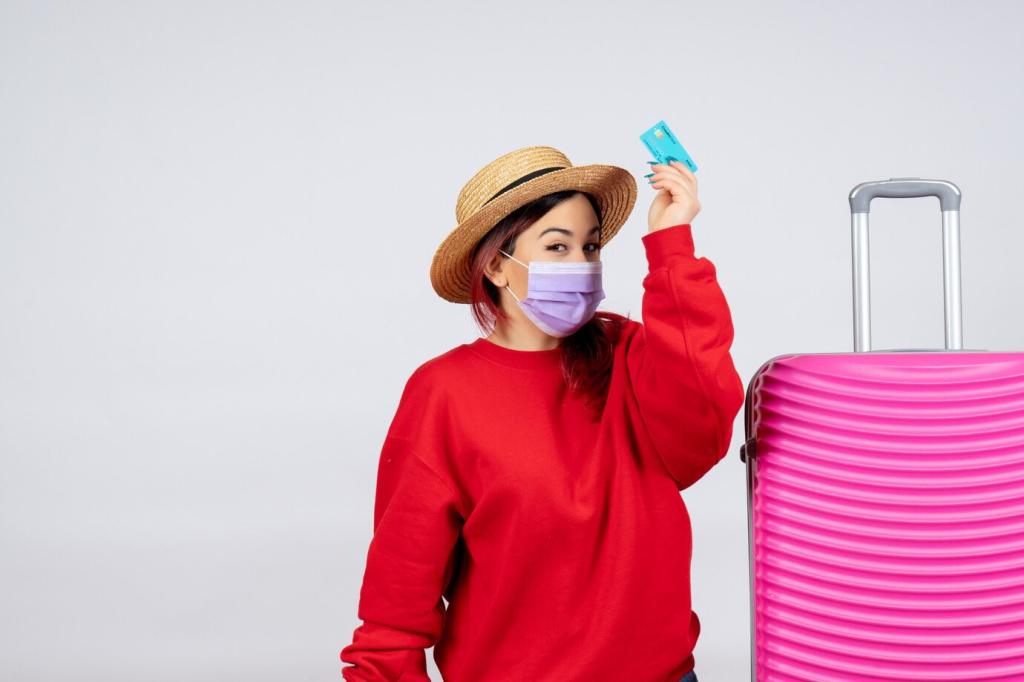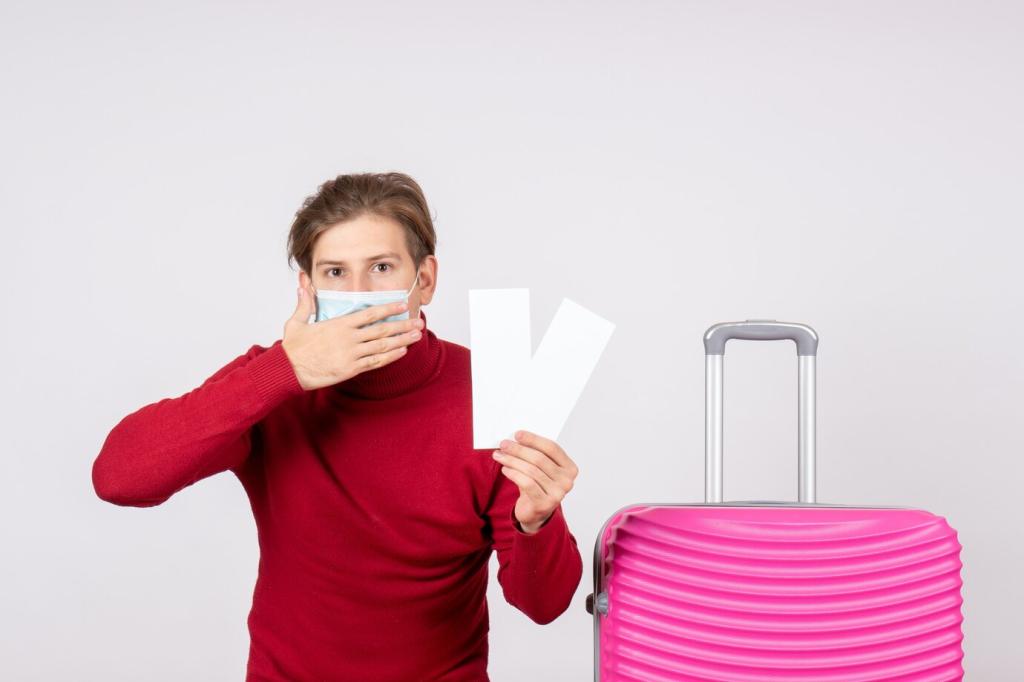Plan a Trip That Fits Every Generation
Look for places with stroller-friendly paths, benches with shade, accessible bathrooms, and elevators in museums. A botanical garden with a shuttle can thrill kids and spare elders’ knees. Call ahead to ask about ramps, quiet rooms, and family rest areas before you book.
Plan a Trip That Fits Every Generation
Avoid red-eye flights, plan around nap windows, and keep the first day free for gentle adjustment. On a Rome getaway, one family cut three attractions and gained gelato time, fewer meltdowns, and happier knees. Shorter days protect energy and make every highlight sparkle.

